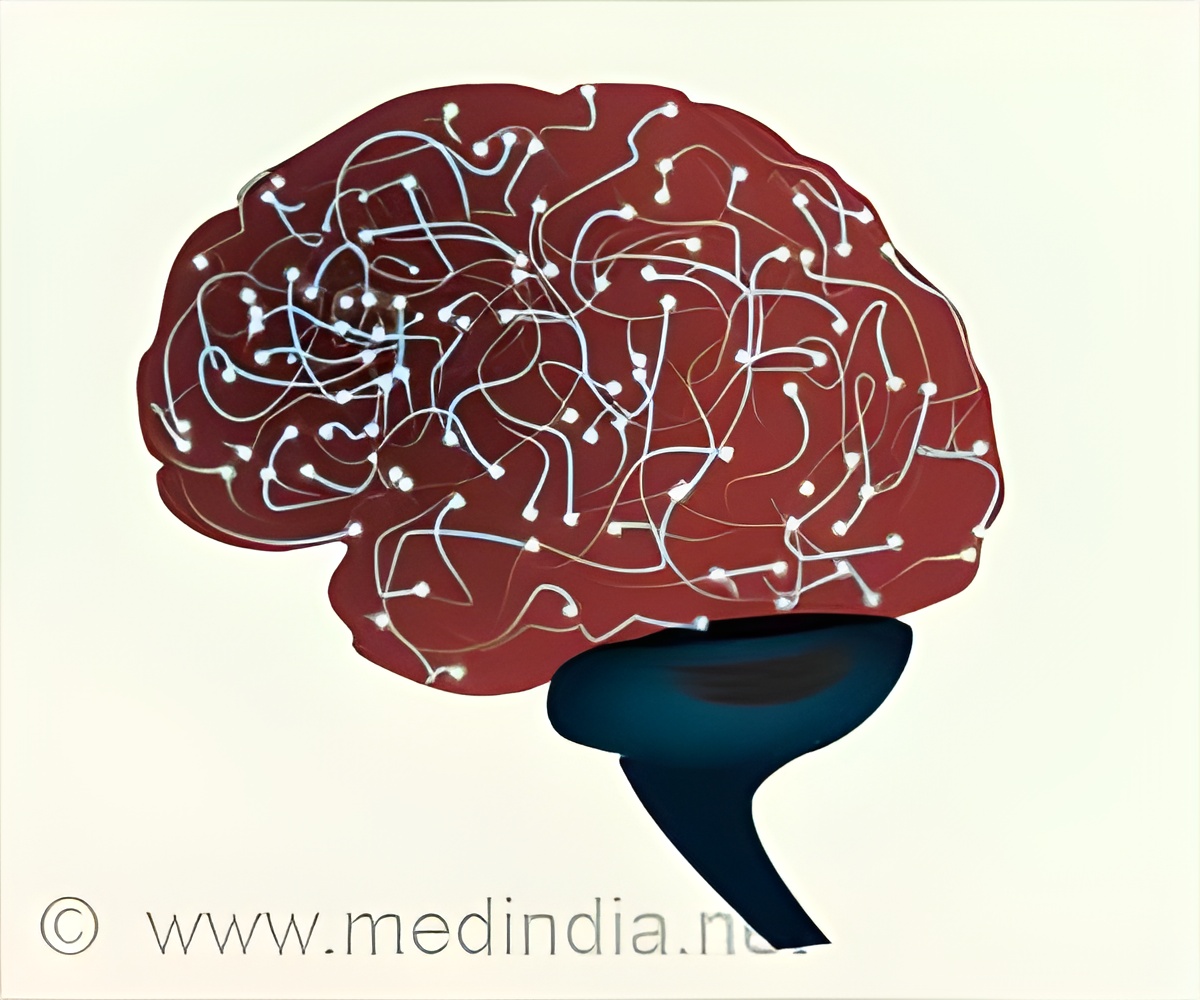Nerve stimulation and brain-computer interface hold greater potential to explore brain disorders like fears, anxiety, and more.

Neurotechnology encompasses an increasing array of devices, algorithms, and methodologies that can monitor or modulate neural activity, including nerve stimulators, brain implants, and bioprostheses.
By offering access to specific groups of neurons, such approaches serve as powerful tools to study the brain and have the potential to enable targeted therapies for neurological disorders.
New research highlights potential uses of neurotechnology for enabling speech in individuals with paralysis and for treating post-traumatic stress disorder (PTSD), which is estimated to affect 12 million U.S. adults each year.
‘Neurotechnology like vagus nerve stimulation may emerge as a promising intervention for anxiety and fear disorders in humans.’





Advertisement
Vagus Nerve Stimulation in Brain Disorder
New findings show that:Stimulation of the vagus nerve in rodents helped overcome learned fear, suggesting this technique could become a possible treatment for anxiety and fear disorders in humans. (Christa McIntyre, the University of Texas at Dallas) A brain-computer interface (BCI) with machine-learning algorithms allowed an individual with severe paralysis to mentally spell out letters for high-accuracy, real-time sentence generation. (Sean L. Metzger, University of California, San Francisco) Using a brain-machine interface (BMI), an algorithm predicted with over 90% accuracy in real-time which of eight words a tetraplegic person was ‘speaking’ in their mind. (Sarah Kim Wandelt, California Institute of Technology) “For people with impairments in communication, mobility, or mental health, neurotechnology holds the promise of creating new paths between disconnected parts of the nervous system,” said Leigh Hochberg, director of the Center for Neurotechnology and Neurorecovery at Massachusetts General Hospital and the L. Herbert Ballou University Professor of Engineering at Brown University, and moderator of the press conference. “As a practicing neurocritical care physician, I want to be able to tell my patients with spinal cord injury, stroke, ALS, or traumatic brain injury that we can restore their communication or mobility quickly and completely.”
This research was supported by national funding agencies including the National Institutes of Health and private funding organizations. Find out more about neurotechnology on BrainFacts.org.
Advertisement
Press Conference Summary
- Neurotechnological approaches have the potential to interpret or alter activity in targeted brain regions.
- Electrical brain stimulation has been used to pinpoint and eliminate conditioned fear responses in rodents.
- Brain-computer interfaces can help ‘decode’ speech-related thoughts in people unable to talk due to paralysis.
Advertisement
Involvement of the Locus Coeruleus in the Enhancement of Fear Extinction Driven by Vagus Nerve Stimulation
Christa McIntyre, [email protected], Abstract 143.02- Exposure-based therapy, used to treat anxiety and fear disorders such as PTSD, depends on eliminating learned fears.
- Vagus nerve stimulation (VNS), a type of neuromodulation that is FDA-approved for treating epilepsy and depression, can speed up the ‘extinction’ of these fears and help prevent their return.
- New results in a rodent model suggest that VNS may engage brain pathways involved in building long-lasting emotional memories to create new, qualitatively different memories that could help override existing fears and supplement the use of exposure-based therapy.
A Speech Neuroprosthesis for Generalizable Spelling in a Person with Severe Paralysis and Anarthria
Sean L. Metzger, [email protected], Abstract 389.12- Scientists developed a spelling-based speech brain-computer interface (BCI) on a clinical trial participant who is paralyzed and unable to speak.
- The BCI used machine-learning algorithms to translate activity recorded from the participant's speech motor cortex into the text as the individual silently "said" code words representing letters of the alphabet (‘alpha’ for ‘a,’ etc.).
- An algorithm with a vocabulary of 1,000 words decoded the participant’s intended sentences with real-time character accuracy of 94%, suggesting that a spelling-based approach could enable real-time communication through BCIs.
Decoding Speech and Internal Speech From Populations of Single Units From the Supramarginal Gyrus in a Tetraplegic Human
Sarah Kim Wandelt, [email protected], Abstract 390.07- To date, brain-machine interfaces (BMIs) have had limited success with "translating" a person's inner monologue.
- Working with a tetraplegic participant with an implanted BMI, scientists developed an algorithm able to predict internally spoken words, with over 90% accuracy for predicting one out of eight words in real-time.
- The device was successful in predicting both English and Spanish words thought by the natively bilingual participant.
Source-Eurekalert











